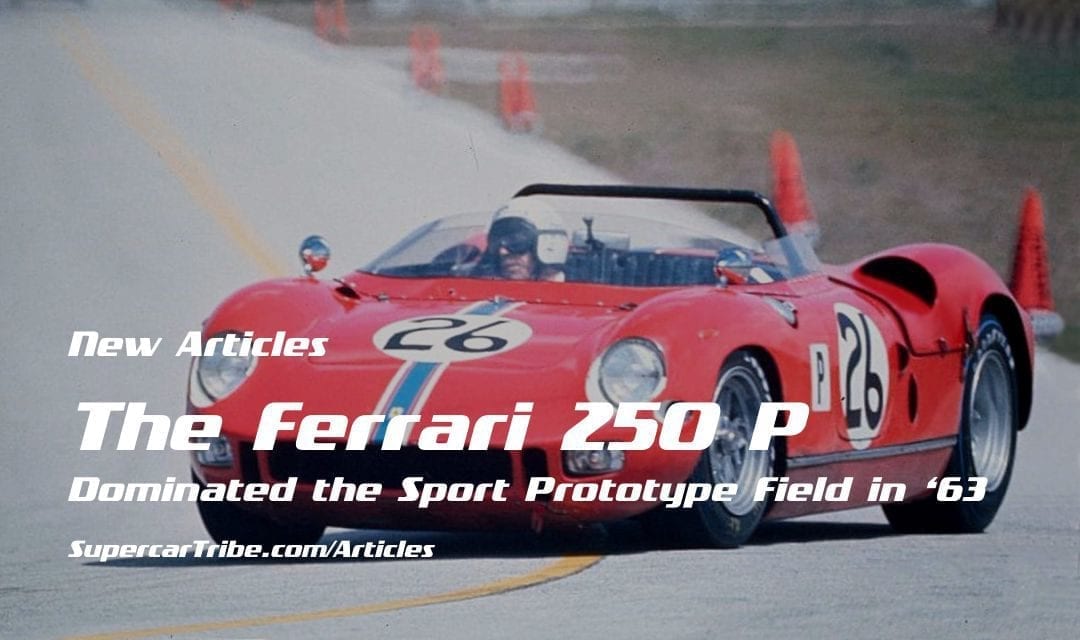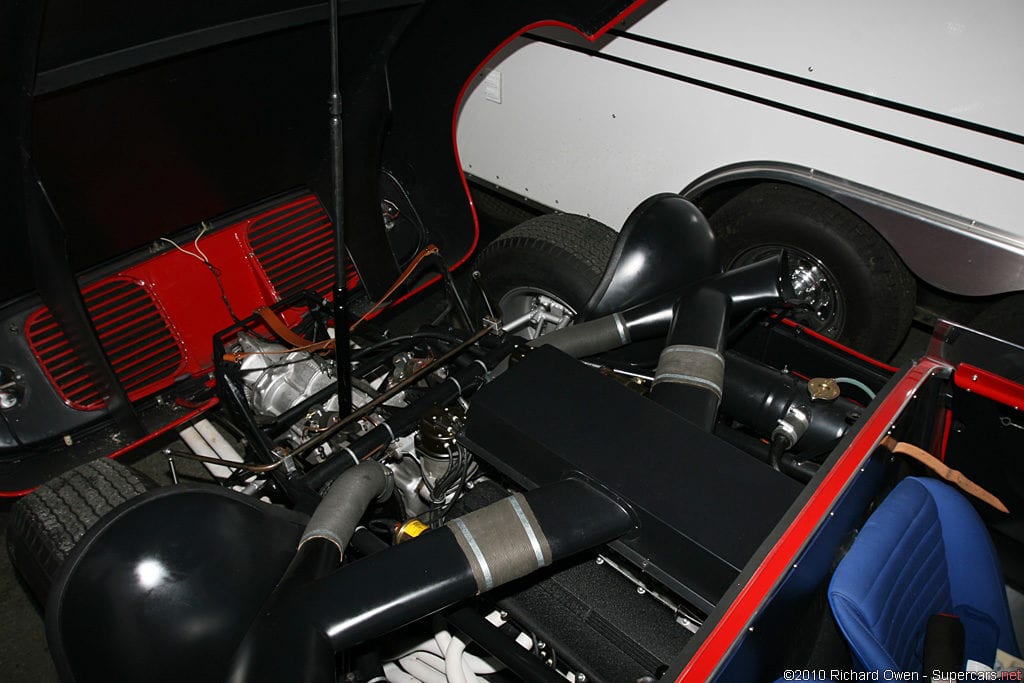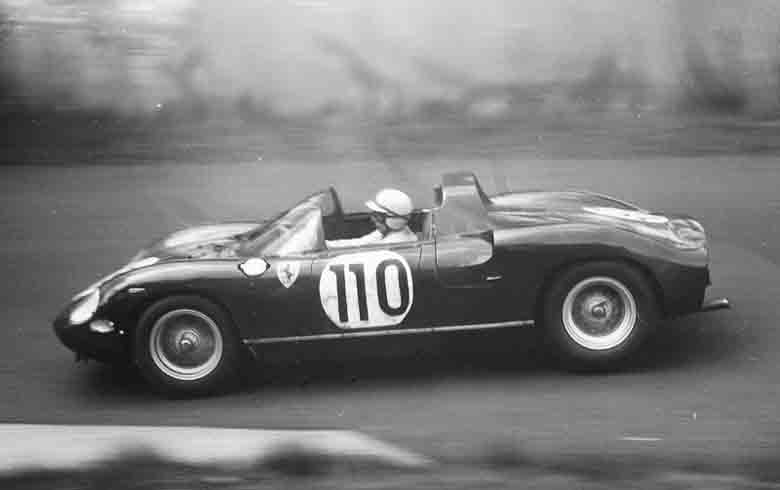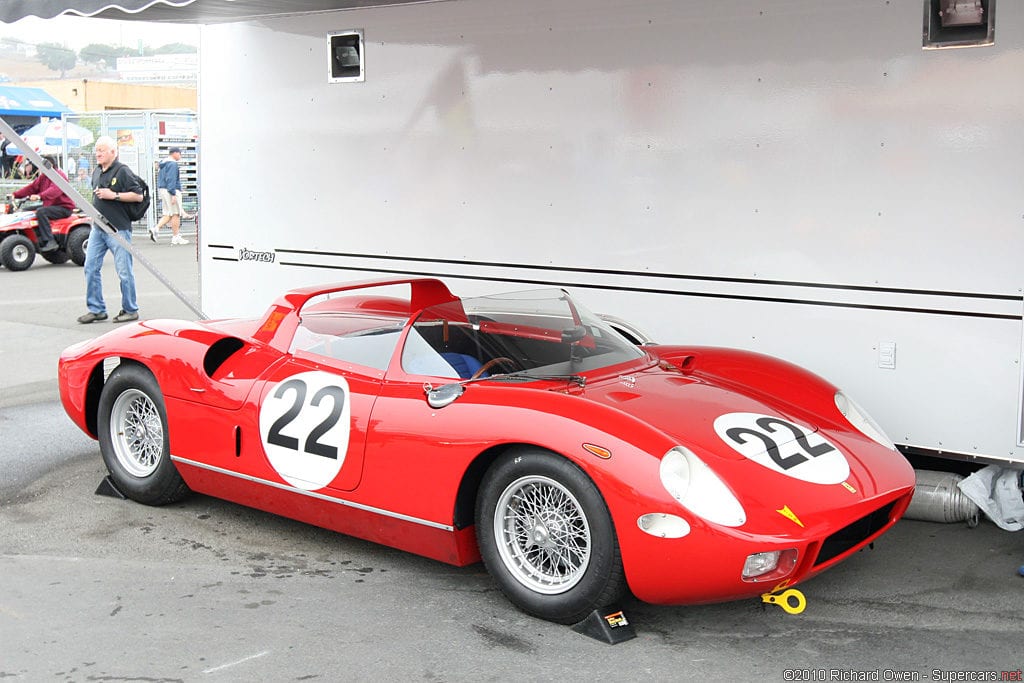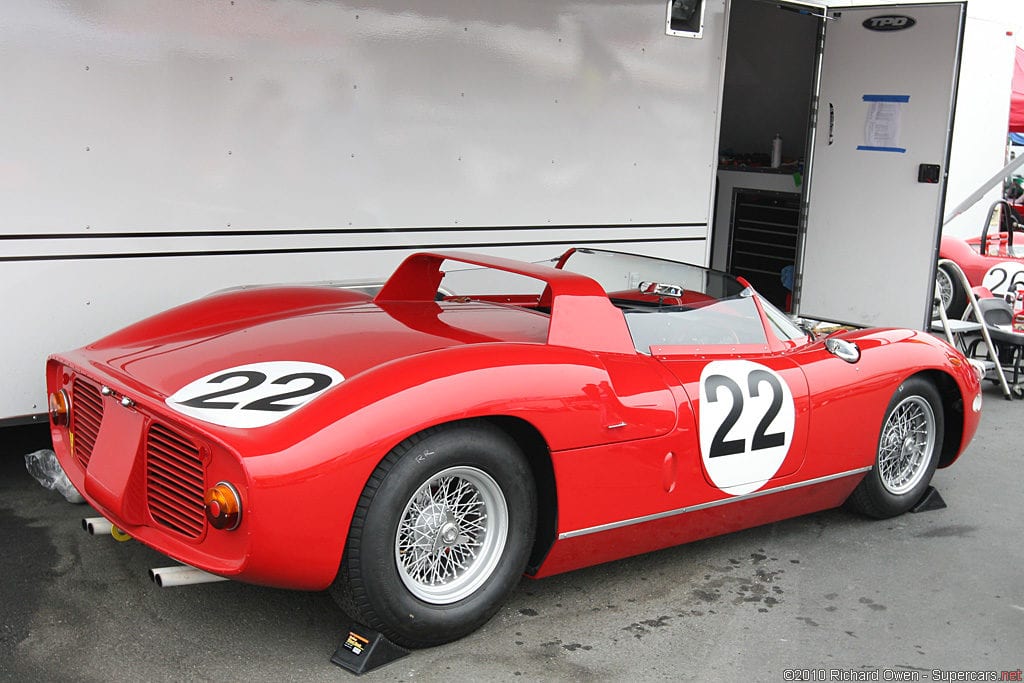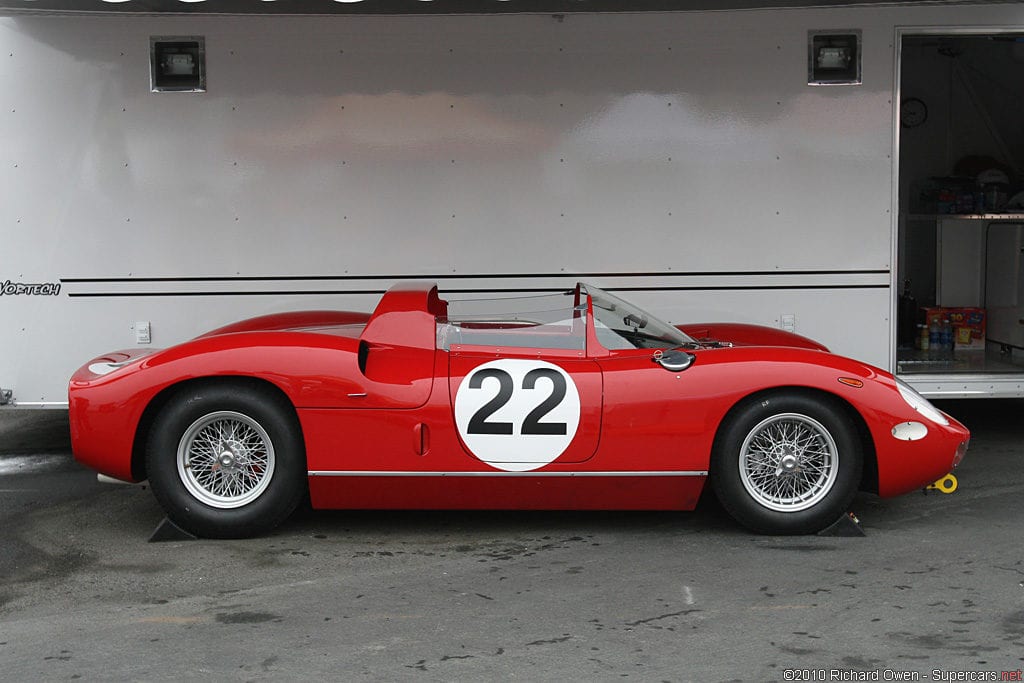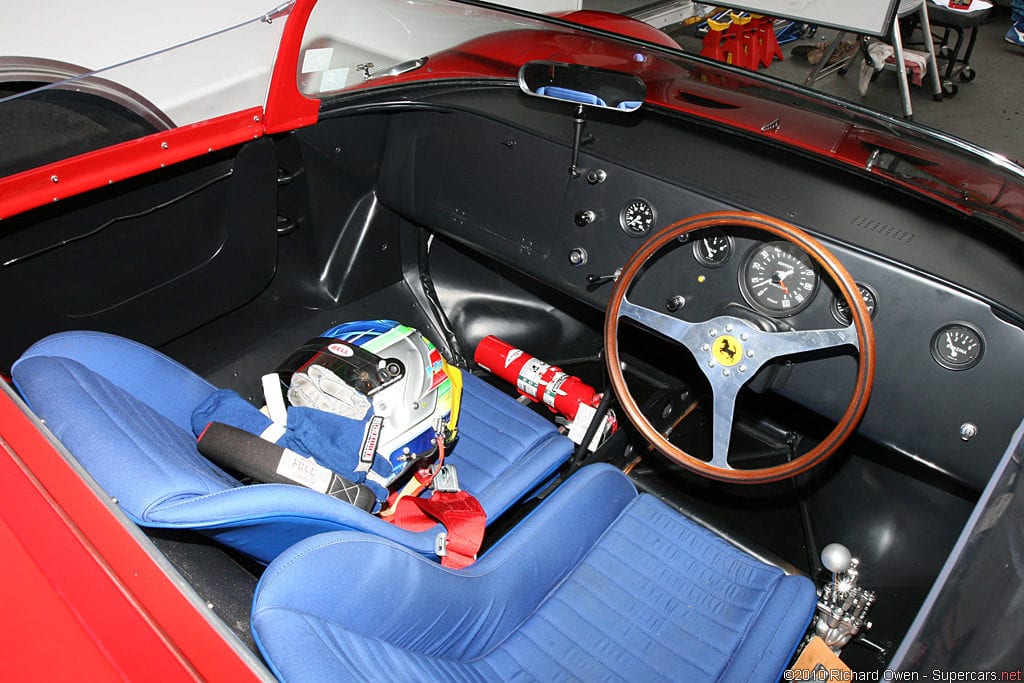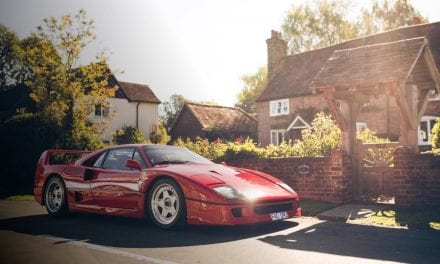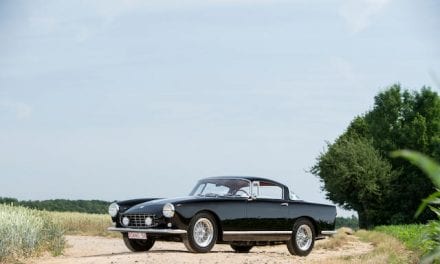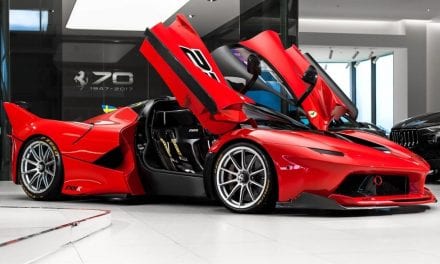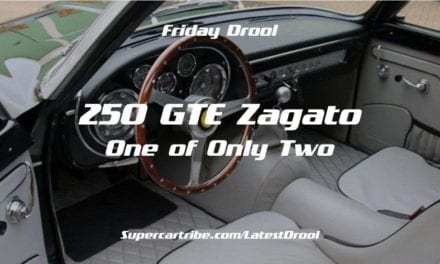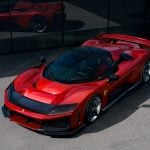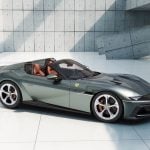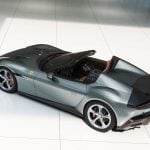Ferrari’s 250 P was the first in a long line of Ferrari sports prototype racing cars spanning the years of 1963 to 1973. It represented the beginning of an incredible string of racing victories over the decade, including bringing home the Sport Prototype World Title for Ferrari in 1963, a distinction that the manufacturer was no stranger to after claiming the title in 8 of the previous 10 years.
Pininfarina was given the task of designing the sheetmetal for the 250 P, and, no surprise here, they came up with a simple-yet-elegant car that looks amazing to this day. The most intriguing aspect is probably the aerofoil sitting above and behind the driver. This feature served two uses for the car: as an aerodynamic aid and as roll-over protection. Of course, this large wing also gave the 250 P a stunning side-profile that defines the style of the car.

Underneath the bodywork was a tubular steel spaceframe that helped the car achieve a remarkably light 760- kilogram dry weight. Power was derived from a single-cam, two-valves-per-cylinder V12 borrowed from the 250 Testa Rossa. In this guise, the dry-sump 3.0-litre engine produced 310 bhp, or 10 more horses than in the road-going car. Drivers were given a 5-speed manual transmission to put all of that power to the track. An independent wishbone-type suspension supported the car at both ends, as did disc brakes. As simple as that configuration may sound, the results were astonishing. One can only assume that the race results cam as a surprise to Enzo Ferrari, who had initially balked at the idea of getting involved with mid-engined racers.

Underneath the bodywork was a tubular steel spaceframe that helped the car achieve a remarkably light 760- kilogram dry weight. Power was derived from a single-cam, two-valves-per-cylinder V12 borrowed from the 250 Testa Rossa. In this guise, the dry-sump 3.0-litre engine produced 310 bhp, or 10 more horses than in the road-going car. Drivers were given a 5-speed manual transmission to put all of that power to the track. An independent wishbone-type suspension supported the car at both ends, as did disc brakes. As simple as that configuration may sound, the results were astonishing. One can only assume that the race results cam as a surprise to Enzo Ferrari, who had initially balked at the idea of getting involved with mid-engined racers.
Images Copyright of : Supercars.net

